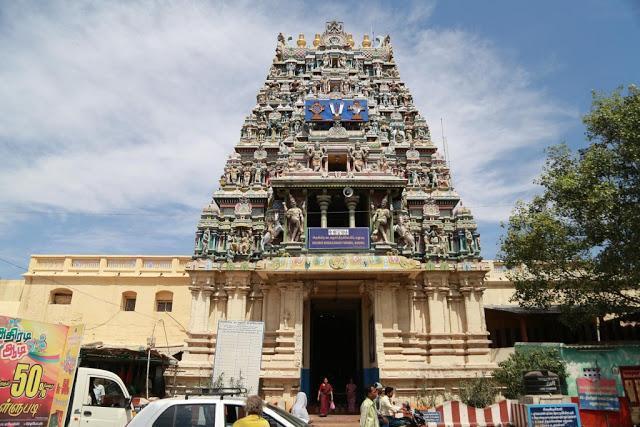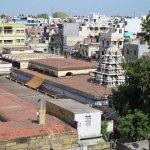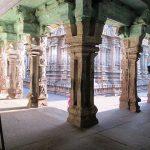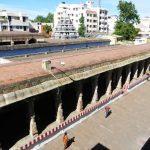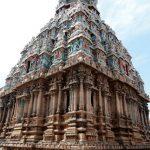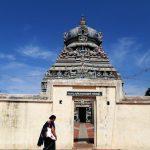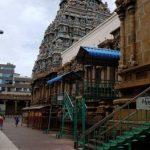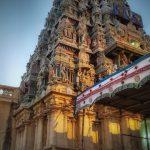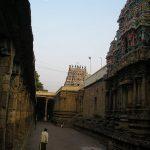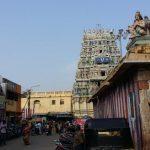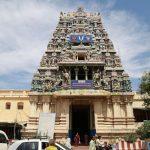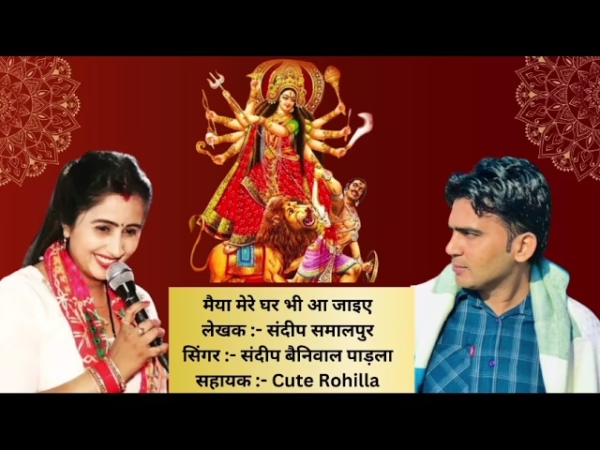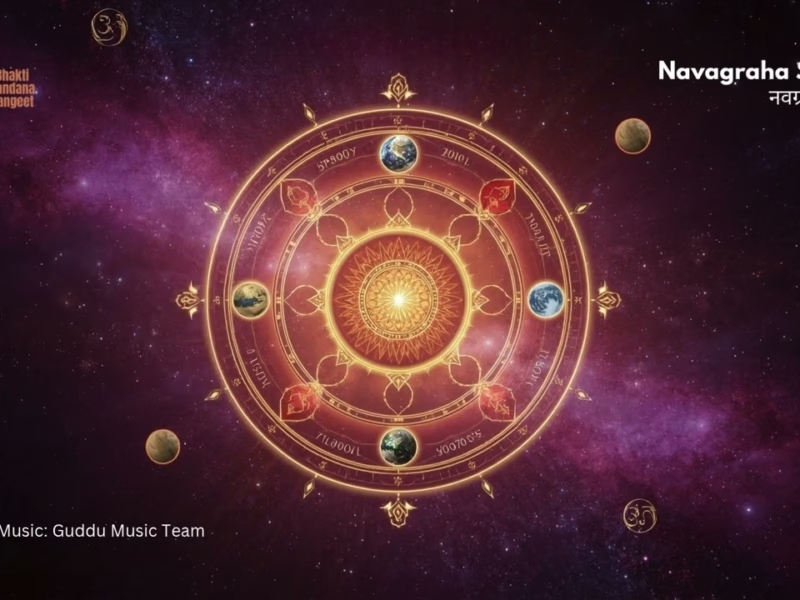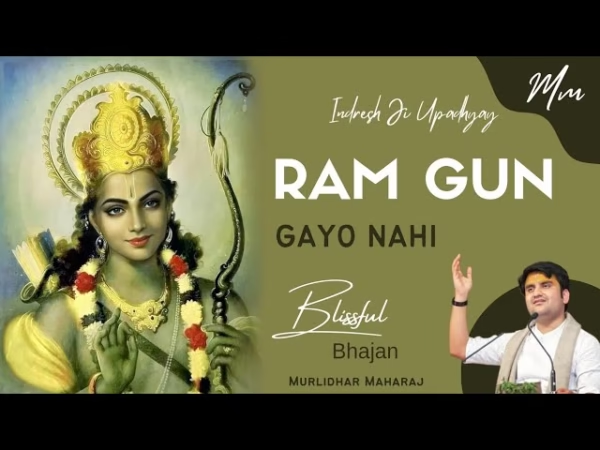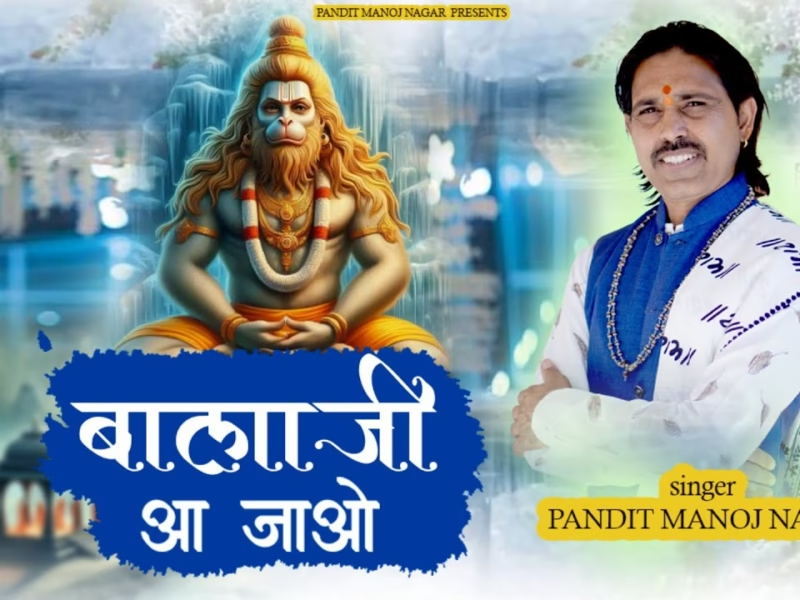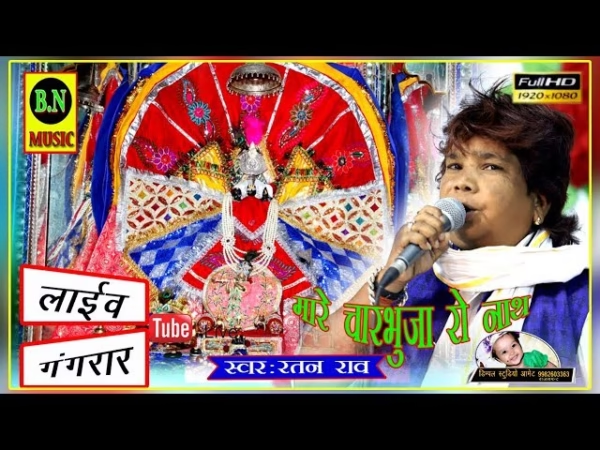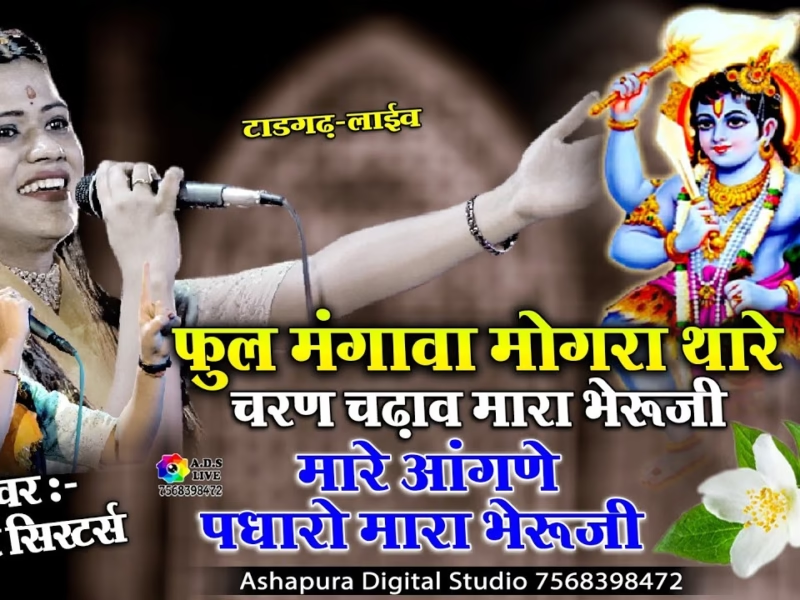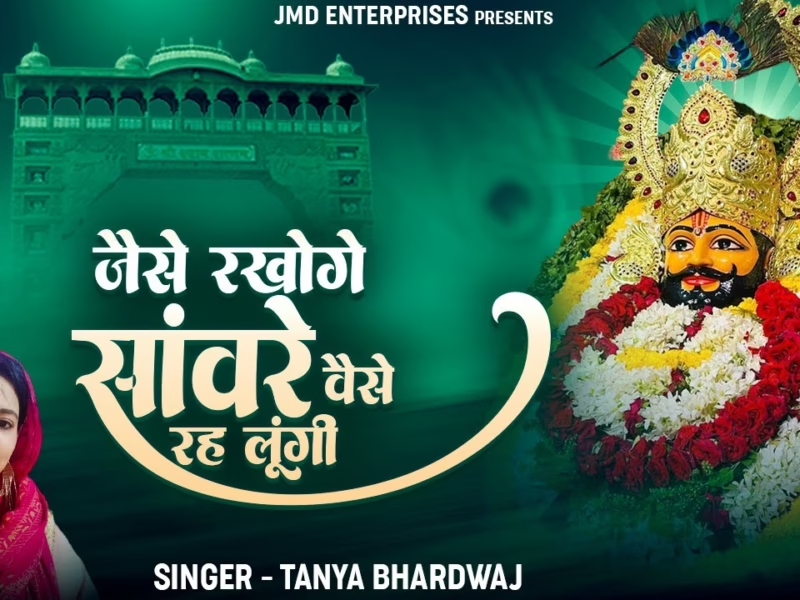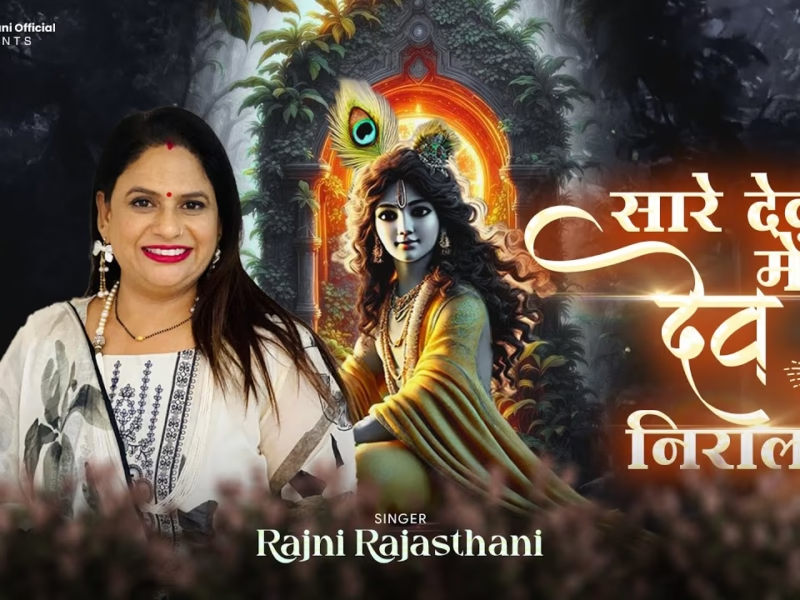Contents
Koodal Azhagar Temple, Madurai
| Date built: | 16th century. |
|---|---|
| Deity: | Vishnu |
| Architectural style: | Dravidian architecture |
| Major festivals | – |
| Locale: | Madurai |
| District:: | Madurai |
| Address: | Koodal Azhagar Temple,Perumal Koil Sannathi Street,Madurai – 625 001, Madurai District |
| Phone | +91 452 2338542 / 2334015 |
There are total of 108 Divya Desam or Vaishnavite Shrines in the country. But in only two of these shrines can one witness Lord Vishnu in all three postures – standing, sitting and reclining. The Koodal Alagar Temple is one of those two temples to have this unique feature. This temple is very important as the Tiruppallaandu, the first 12 verses of the 4000 Divyapprabhandhams, was sung by Periyalwar here in this temple praising the splendor of Azhagar. The temple is an ancient one and situated near the famous Meenakshi Amman Temple. The temple is maintained and administered by the Hindu Religious and Endowment Board of the Government of Tamil Nadu.
Temple Opening Time
The temple remains open from 5.30 am to 12.30 noon (and up to 1:00 pm on Saturdays) and 4:00 pm to 9.00 pm.
Pooja Timings
| S. No | Pooja Name | Pooja Timings |
| 1 | Viswa Roopa Darshnam | 06.00 AM. |
| 2 | Kaala Santhi | 08.00 AM. |
| 3 | Upa Santhi | 10.00 AM. |
| 4 | Uchikalam | 12.00 PM. |
| 5 | Sayaratchai | 05.00 PM. |
| 6 | Raathiri Upa Santhi | 07.00 PM. |
| 7 | Arthajamam | 09.00 PM. |
Architecture
Legend / Local stories
Thiru Pallandu:
As per Hindu legend, Pandya king Vallabhadeva wanted to know the Lord with the power to show the way to Paramapatha, the heavenly abode. The King hung a Golden Parrot with the announcement that the parrot would automatically fall, once someone informs him of the right Lord to Paramapatha. Several came and went back without success. It is believed that the Koodal Lord appeared in the dreams of Vallabhadeva’s priest Selva Nambi and suggested the name of Periazhwar of Srivilliputhur. Accordingly, Periazhwar was brought to the court of the Pandya King in Madurai.
With several examples from vedic scriptures as well as historical references, Periazhwar showcased to the Pandya King that Lord Vishnu was the Lord who could take one to the heavenly abode. And to every one’s surprise the parrot fell down. The Azhvaar taken on a Street procession in Koodal. A delighted Pandya king praised Periazhwar and took him on an elephant procession through the streets of Madurai. Legend has it that Koodal Azhagar himself came to see this sight on his Garuda Vahanam.
Delighted at the sight of the Koodal Lord, Periazhwar showered praises with his Pallaandu. Hence, Koodal Azhagar is credited with origination of Thiru Pallaandu, which now has come to be sung as the first 12 songs of the Divya Prabhandham. Being the place where Periazhwar sang the now famous Pallaandu, this place is considered equivalent to Paramapatham.
“Pallandu Pallaandu Pallayirathaandu, Palakodi Nooraayiram
Mallanda Thinthol Manivanna Un Sevadi Seppu Thirukkappu”
It is said that architect of the Devas (gods), Vishwakarma designed and constructed Koodal Azhagar Koil in Kritha Yugam (Sathya or age of truth), the first of the four epochs in Vedic history. The other three are Tretha Yugam, Dwapara Yugam and the current one called Kali Yugam.
Koodal:
Koodal is the ancient name for Madurai. Azhagar means the beautiful one (male form) in Tamil.
Legend has it that all the Gods and Goddesses got together at the Koodal Azhagar Temple, for Meenakshi Amman’s wedding to Lord Sundareswarar. Hence this place is called as Koodal.
The name Koodal stems from the legend that at the behest of Vishnu, four clouds gathered at Madurai in the form of tall buildings, and prevented a deluge from overpowering the city.
The legend says that 49 Tamil poets joined their hands to form an academy under the order of Pandya king to promote the growth of Tamil language. The academy which was formed by them stood as a center for the welfare of Tamil language for several centuries making numerous valuable works for the growth of Tamil. The academy stands as a monument for today.
It is said that four buildings are joined together to form a fort to prevent the place from intense deluge. Even this was served as a reason for the name “Koodal”, as four building joined to form a fort at this place.
The other mythology was that four clouds are sent by Lord Indra, the god of rain, because of the worship made by a Pandya king pleasing for rain. As a result, the four clouds sent by Lord Indra joined at this place causing rain. Hence, the four clouds joined at this place, it is called as “Koodal”, where Koodal means joining.
Reference in Maduraikkanchi:
In praise of Sri Koodal Azhagar, the Avani Onam festival was celebrated by Pandyan rulers for seven days. This festival is described in Maduraikkanchi, one of the ten epic poems called Pathupattu of the Sangam period.
Reference in Silapathikaram:
Illangovadigal (the Tamil poet who wrote the epic ‘Silapathikaram’) praises Lord Koodal Azhagar as ‘Needu Neer-Vaigai Nedumal’, meaning the Lord who covered the Universe by taking three strides, and then settled down at the bank of the River Vaigai in this temple.
Reference in Brahmanda Purana:
Brahmanda Purana vividly describes this Kshetra in seven chapters.
The Pandya Symbol:
A Pandiyan king by named Sathyaviradhan, devoted to this Koodal Azhagar and had a great belief towards him. One day, when he went to worship Koodal Azhagar. But before going into the temple, he washed his hands in the Kirutha Maala river, where a fish was found in his hand. He thought that the fish might be the Lord Vishnu. Since fish was one of the Avathars of Sri Vishnu. This is stated to be the reason for the Pandyas to have ‘Fish’ as their symbol in their flags.
Vaigai And Kritha Mala:
At Sathya Logam, Brahmma washed the legs of Lord Vishnu, after his Trivikrama Avatharam, the sacred water drops of which fell on Madurai. These sacred drops spread as two rivers, Vaigai and Krithumala. Koodal Azhagar temple is on the banks of Krithumala river.
People worshipped Lord Vishnu here:
Legendary Kings Prithu and Malayadwaja Pandya Koodal Alagar, who bestowed them with prosperity and attainment of moksha at the end.
Photo Gallery
How to Reach:
Koodal Azhagar Temple is situated in the heart of the city. The Temple is located at about 450 meters from Complex Bus Stand, 1 Km from Madurai Meenakshi Amman Temple, 400 meters from Periyar Bus Stand, 7 Kms from Mattuthavani Integrated Bus Terminus, 7 Kms from Thiruparankundram, 1 Km from Madurai Railway Junction, 20 Kms from Thirumangalam and 10 Kms from Madurai International Airport. It is very easy to reach the temple as it is situated very near to both the bus stand and the railway station. This temple is located near the junction of West Masi Street and South Masi street.
Festivals
The temple follows the traditions of the Thenkalai sect of Vaishnavite tradition and follows Vaikasana Aagama. In modern times, the temple priests perform the pooja (rituals) during festivals and on a daily basis. As at other Vishnu temples of Tamil Nadu, the priests belong to the Vaishnavite community, a Brahmin sub-caste. Seven poojas or services are performed every day. Each ritual has three steps: alangaram (decoration), neivethanam (food offering) and deepa aradanai (waving of lamps) for both Koodal Azhagar and Maragathavalli.
During the last step of worship, nagaswaram (pipe instrument) and tavil (percussion instrument) are played, religious instructions in the Vedas (sacred text) are recited by priests, and worshippers prostrate themselves in front of the temple mast. There are weekly, monthly and fortnightly rituals performed in the temple. The temple celebrates festivals on 253 days of the year. The fourteen-day annual Brahmotsavam during the Tamil month of Vaikasi (May – June) is the most prominent festival of the temple. The festive images of the temple are brought in chariot round the streets of the temple in various mounts during all the fourteen days. The Dasavatharam, the ten reincarnation stories are enacted.
The Maasi (February – March) 10 days float Teppa Utsavam on Makam Star in the temple tank, Aadi Pooram (July – August), Krishna Jayanthi – Birthday of Lord Krishna, Purattasi (September – October) Garuda Sevai for the eagle vehicle of Vishnu, Navaratri – the ten-day Dussehra festival, Karthikai (the Full Moon day in November- December), Sayana Seva, Three fruits decoration, Pavithra Utsavam, Five Garuda Seva, The hunting festival, Adhyayana Utsavam, The Birth star Festivals of Alwar and Acharyas, Gajendra Moksham, The New Year Day, Celestial Wedding Festival, Vasantha Utsava and Vaikuntha Ekadasi (the special eleventh day of the waxing moon) are other famous festivals in this temple.
Ten days are celebrated as Karthikai Utsavam (festivities in the month of Karthika), in honour of Thirumangai Alwar, who performed the Mangala Sasanam (or sang the poems in praise of the Lord) of the temple. The Vaikunta Vaasal, the symbolic gateway to the spiritual world, is kept open every year on the 24th morning of the month of Karthikai. “Ra Paththu” is a ten-day celebration that begins on the night of Ekadashi, when a hundred of the four thousand Pasurams (verses of poems composed by Alwars) are sung, every night. Two hundred Pasurams are sung every day for the next ten days and this is known as Pagal Paththu, the rest of the thousand songs are sung on the final day of the celebration. Female energy is harnessed on this night, as the Lord is adorned in the Nachiyar Thirukolam. (Where the Lord puts on the attire of Mahalakshmi). Another unique festival is the Vedu Pari Utsavam during which accounts of the temple are submitted to the Lord Himself.
Contact Details
Koodal Azhagar Temple,
Perumal Koil Sannathi Street,
Madurai – 625 001,
Madurai District
Phone: +91 452 2338542 / 2334015
Mobile: +91 94877 19898 / 96885 88474 / 94873 53461
Mobile: +91 9344113169 / 94420 28447

